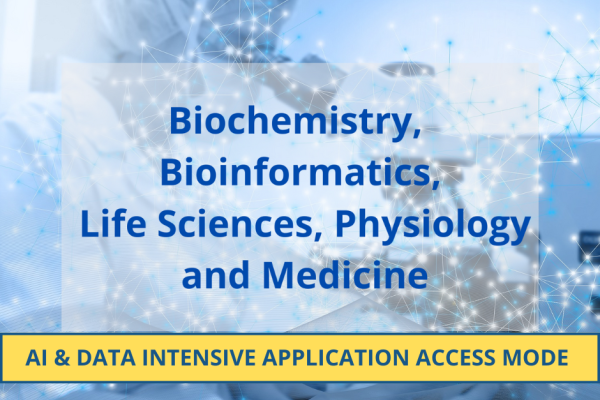Filter by
Awarded Projects (340)
RSS
This project will establish fundamental physical design rules for defect-induced functional materials for energy conversion and energy-efficient electronics.

The objective of this project is to design bimetallic alloys capable to act as catalysts for the Hydrogen Evolution and Oxygen Reduction Reactions (HER and ORR, respectively) by means of the application of elastic strain engineering.

Fluorescence takes place throughout the natural world. Conventional chemical wisdom proposes that in organic entities, fluorescence occurs in conjugated systems, such as the aromatics.

We plan to study point-defects in low-dimensional systems for the design and control of solid-state spin-defects for quantum technologies.

Antibodies can rapidly evolve in specific response to antigens. During the affinity maturation process the immune system produces antibodies with higher specificity and affinity in response to an antigen.

The project focuses on creating Video-Based Language Models (VBLMs) that can precisely identify, measure, and categorize operator movements within manufacturing environments.

By employing transformer neural networks, the model aims to learn fundamental properties of protein sequences directly from mass spectra data.

This project will perform cross-datacenter training of a stage-of-the-art multilingual LLM at an unprecedented scale (tens of billions of parameters trained on tens of trillions of tokens) using coordinated allocations across multiple supercomputers.

The primary aim of this project is to develop large-scale brain-like machine learning algorithms.

This proposal portrays several extensions to this discovery, which involve optical manipulation of the laser beam to achieve brighter radiation beams. The main strong-suit of the proposed research is that it is closely followed by experiments using our 20 Terawatt (TW) laser lab.